Changemakers
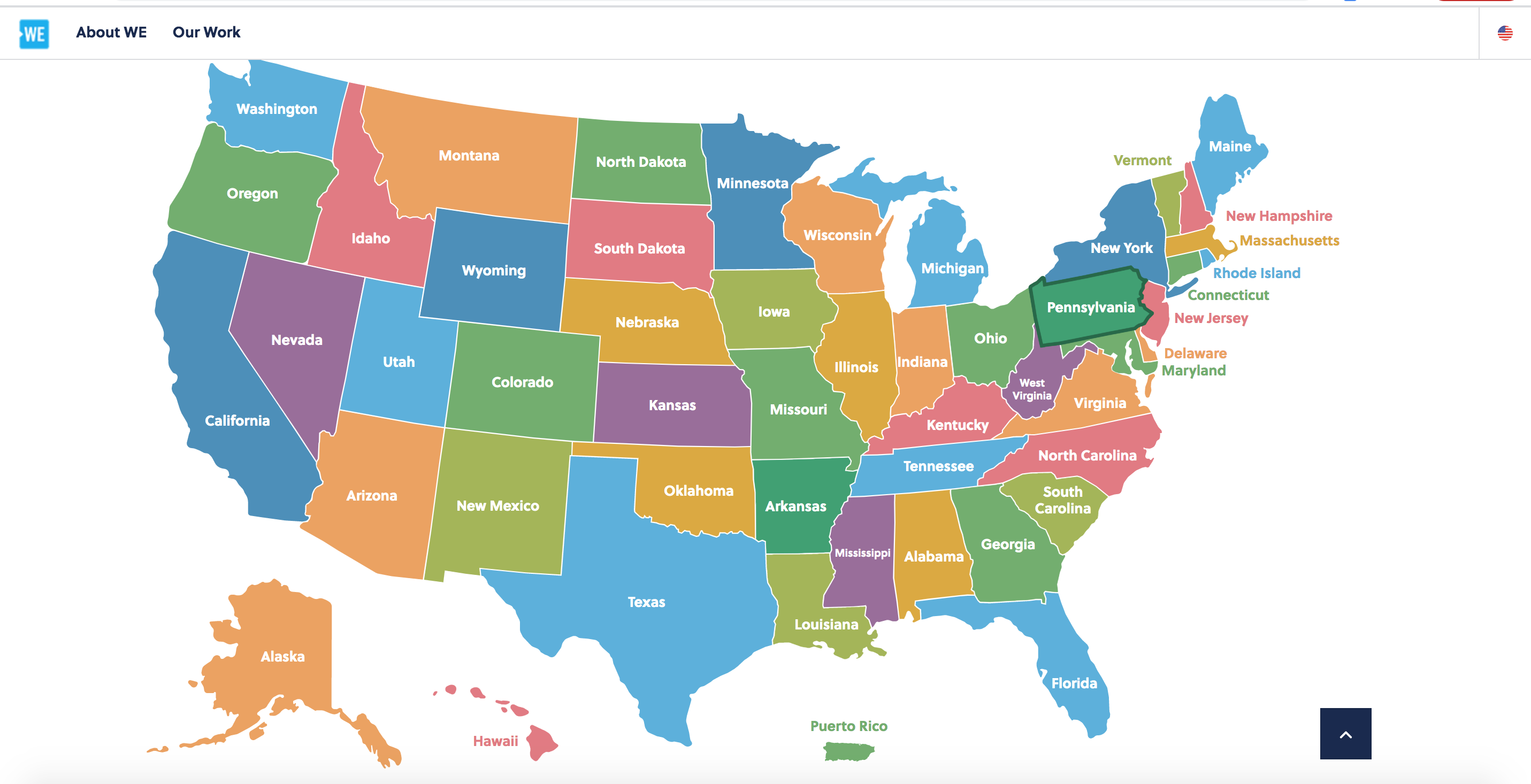
As I was exploring the WE teachers website, https://www.we.org/en-US/our-work/we-schools/we-teachers/, I noticed this map and I found it very interesting. You can click on any state or region and it shows you how We Teachers is making an impact on the teachers in that specific area. Under the map there is a little phrase that states “To date, we’ve impacted 59,000+ teachers! Read some of their stories below” and under it is their stories. I think it is fascinating that all of these states have so many teachers that have been impacted by WE Teachers. It shows how one organization can spread so quickly and influence so many people. Overall, I thought this website was interesting and I learned a lot from it.
Julie Barron
Trauma-Informed Classrooms Can Make Educators Changemakers
In the conclusion of Sail the 7 Cs with Microsoft Education by Becky Keene and Kathi Kersznowski , the idea of educators inspiring and being changemakers in the classroom are the main ideas and focus. One way that educators can empower their students, as stated on the WE website, is to have a trauma-informed classroom.

The first step of having a trauma-informed classroom is having the awareness of what trauma is. Trauma stems from an experience that extremely affects a person and may affect their behaviors. In the “Introductory Module Trauma-Informed Classroom” module through WE, some of the signs that a student may be going through a hard or even traumatizing time is:
- Inattention in class
- Poor performance
- Behavioral Changes
The best way that a teacher can help to counteract or fight against students’ trauma responses is through the protective measures that they can take. Teachers can take precautions by providing safe and inclusive environments in their classrooms and teaching social skills and coping mechanisms to their students.

This module was very useful and informative. The module even comes with a workbook that teachers and their students can work on together so that everyone in the classroom can be on the same page. Below will be some screenshots of the workbook.


I will now leave you blog readers with a quote of encouragement that was found in the module, “Protective factors build resilience, which makes someone more likely to adapt to life’s stressors, including the effects of trauma. Protective factors may include… having at least one trusted adult in your life, perhaps someone like a teacher”.
Diane Hoffman
WE Well-Being and Mental Health
This week I explored the website weschools. I found this website very interesting and informational. When I was exploring the teachers area of the website, I absolutely loved all of the tabs and modules about mental health. This website provided multiple lessons about students well-being and mental health. Often times mental health is overlooked in classrooms so it’s always refreshing when a website provides lots of information on it.
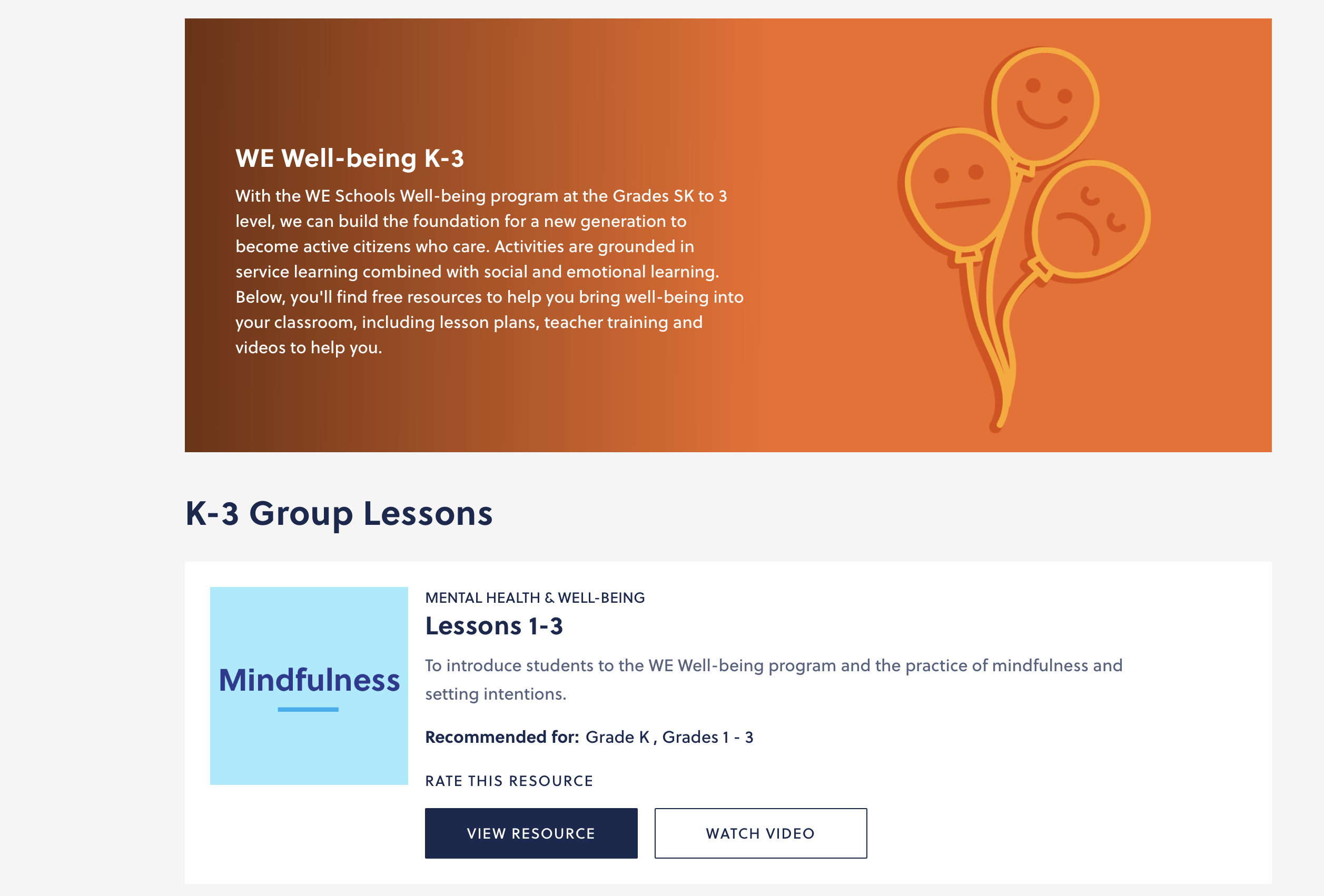
I continued to explore the resource in the picture shown above. I explored the K-3 group lessons 1-3 on mental health. This lesson was about mindfulness. The purpose of this lesson was to engage students in learning about the importance of well-being. The lesson provided activities and examples for students. The part of the lesson I really enjoyed was the word web. It provided students with examples on how to improve their well-being. I provided an image of the word web below. Overall, I think this lesson was very informational for students. I would definitely use this lesson in my classroom. Mental health and students well-being is so important in and out of the classroom. Often times students well-being is overlooked. This lesson shows students that teachers do care about their mental health.
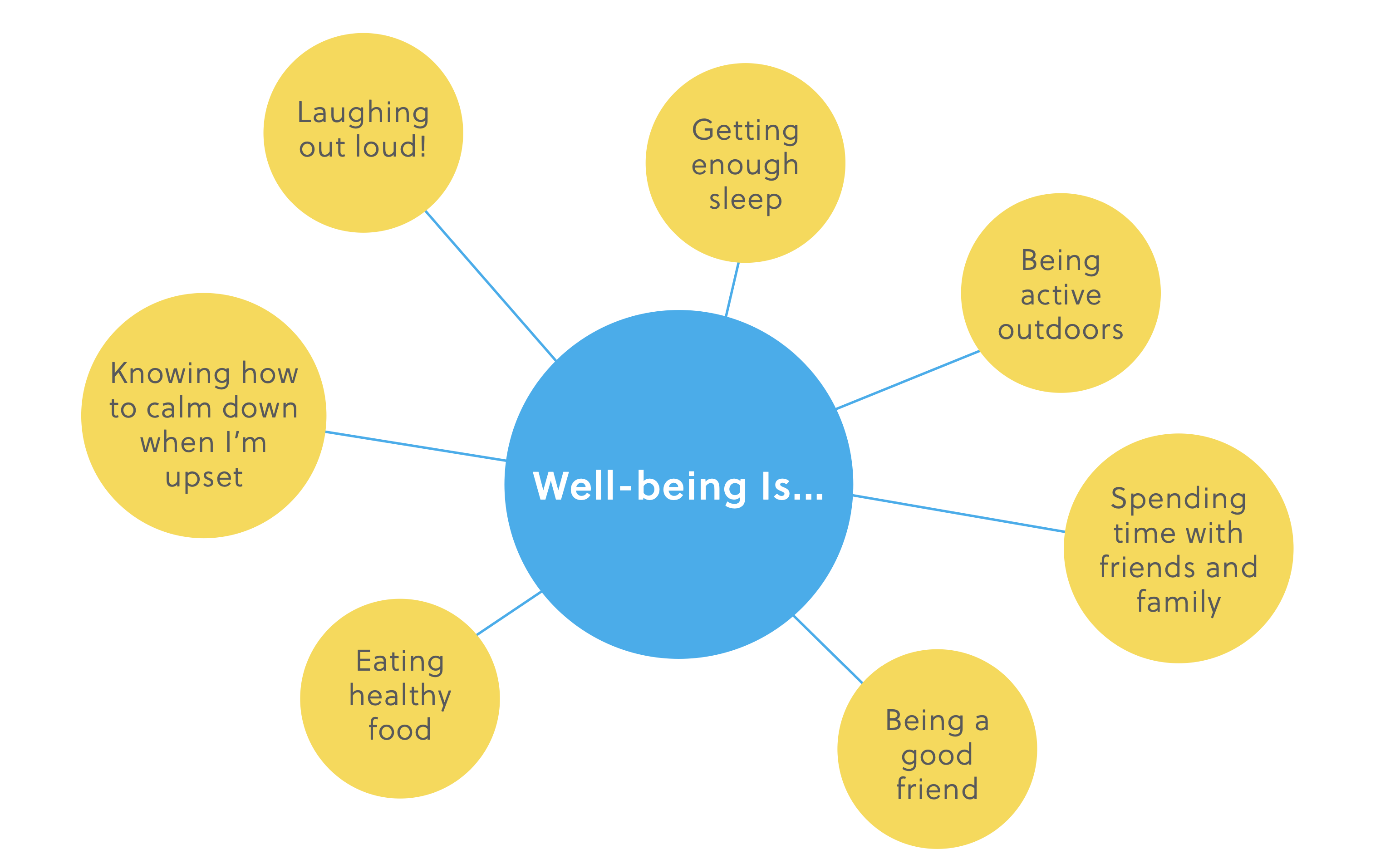
Heres the link if you want to explore these lessons further!!
Protecting Your Online Reputation with WE
The resource that I used from the WE Virtual Learning website was a lesson for students grades 9-12 called “Protecting your online reputation”. This is a A three-session module that will explore the importance of understanding and protecting your online reputation.
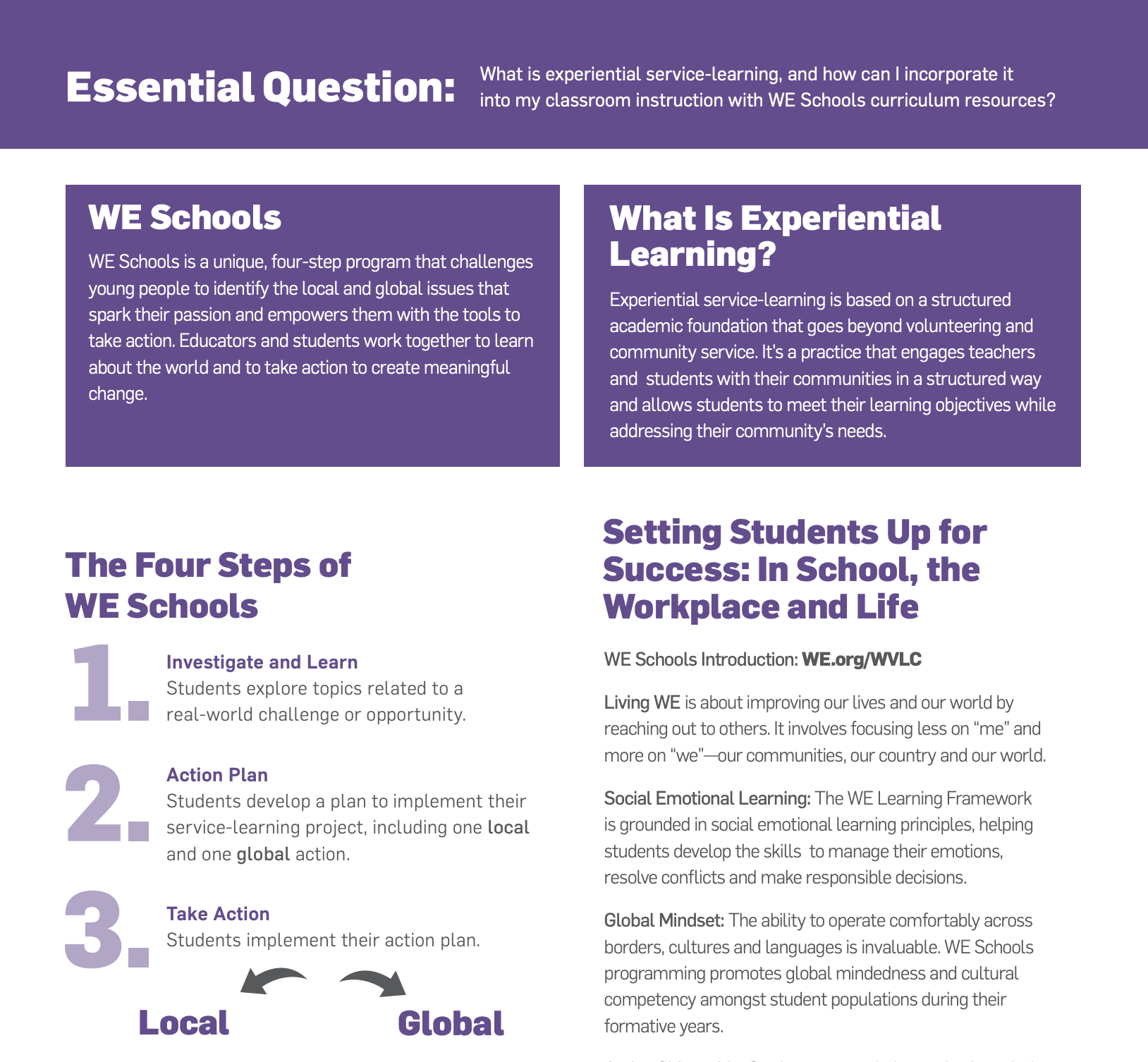
This is such a good lesson to teach to high school aged kids especially in this day and age because it is important for kids to be able to realize the impact of things that they are posting. The internet has become such a huge part of teenagers lives and at times people aren’t careful about what they post as the don’t realize the impact that it has on others and even their own reputation.
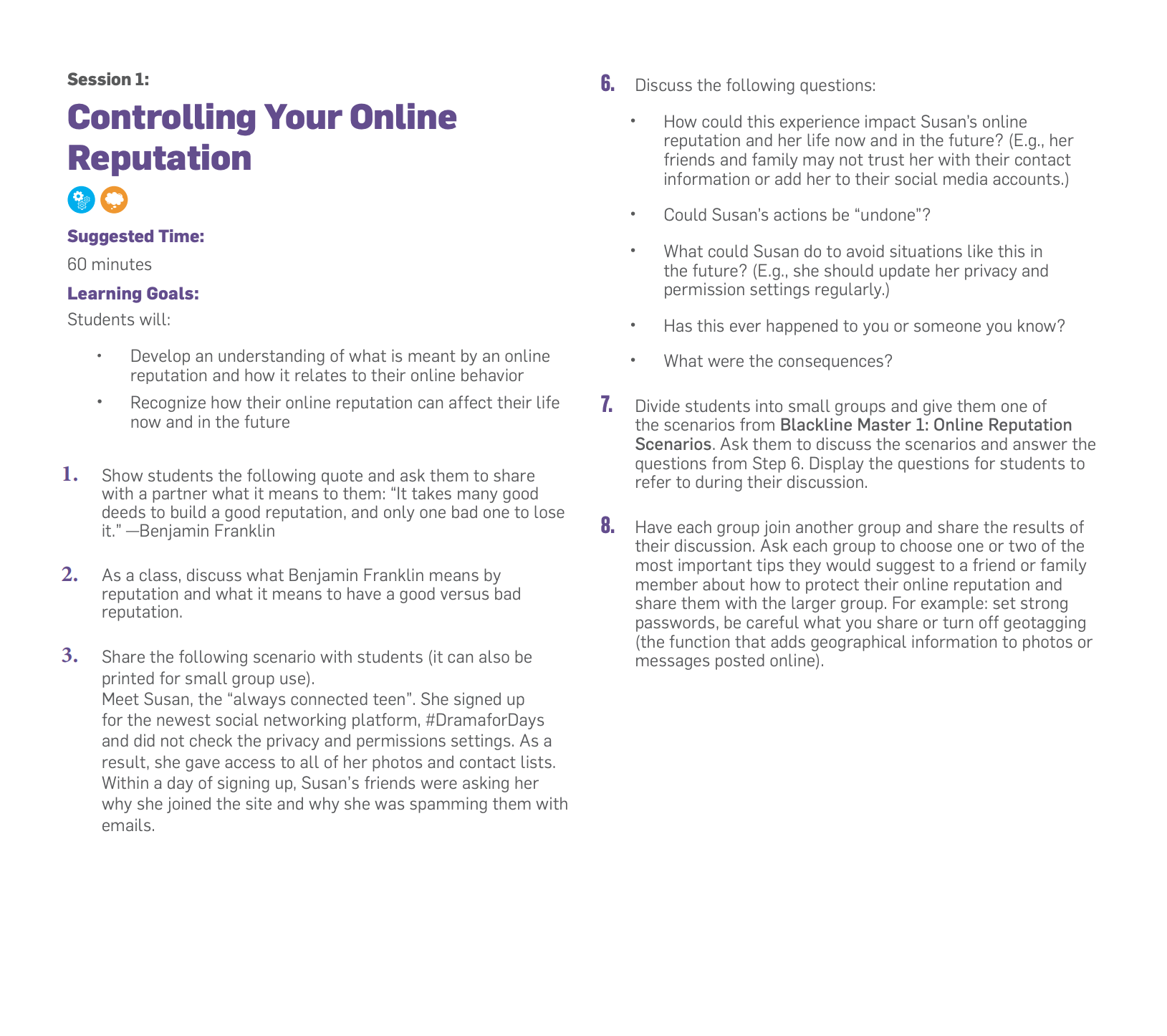
This module is designed to help students understand how their online activity can affect their online reputation and
how their online reputation can impact their life now and in the future. Students will learn about factors that influence
their online reputation and the steps they can take to control it. Specifically, students will explore the risks that online
activity can pose and how to stay safe when interacting online. The structure of this module is flexible enough to be
used by administrators or guidance counsellors, or by teachers inside the classroom as an extension to a Health or
Digital Literacy unit. As preparation, it is advisable for educators to refer to school or district Internet-use and bullying
policies to ensure that the activities in the module align with policy guidelines.
Thank you guys for reading!
-Carly Thompson
@CThomp2021
Being a ‘Changemaker’ in the Classroom
This week I explore the website WE.org, specifically the section devoted to teachers. WE offers free resources for teachers, so they can make a change in their class without worrying about funding. They encourage teachers to empower their students by offering FREE social-emotional training and other modules for teachers to explore.
What can you find on WE
While exploring through the website, I noticed how each module offered a table of context where they explain what will be offered in the module.

Each module includes sections that train the teacher on the issue being discussed, ways help or support the student, and worksheets/activities to include in class. The worksheets offer training for the students and gives the teacher a way to present what they’ve learned in the module into class.
Using WE in the Classroom
The learning activities given in each module are a great way to incorporate the module into the classroom.
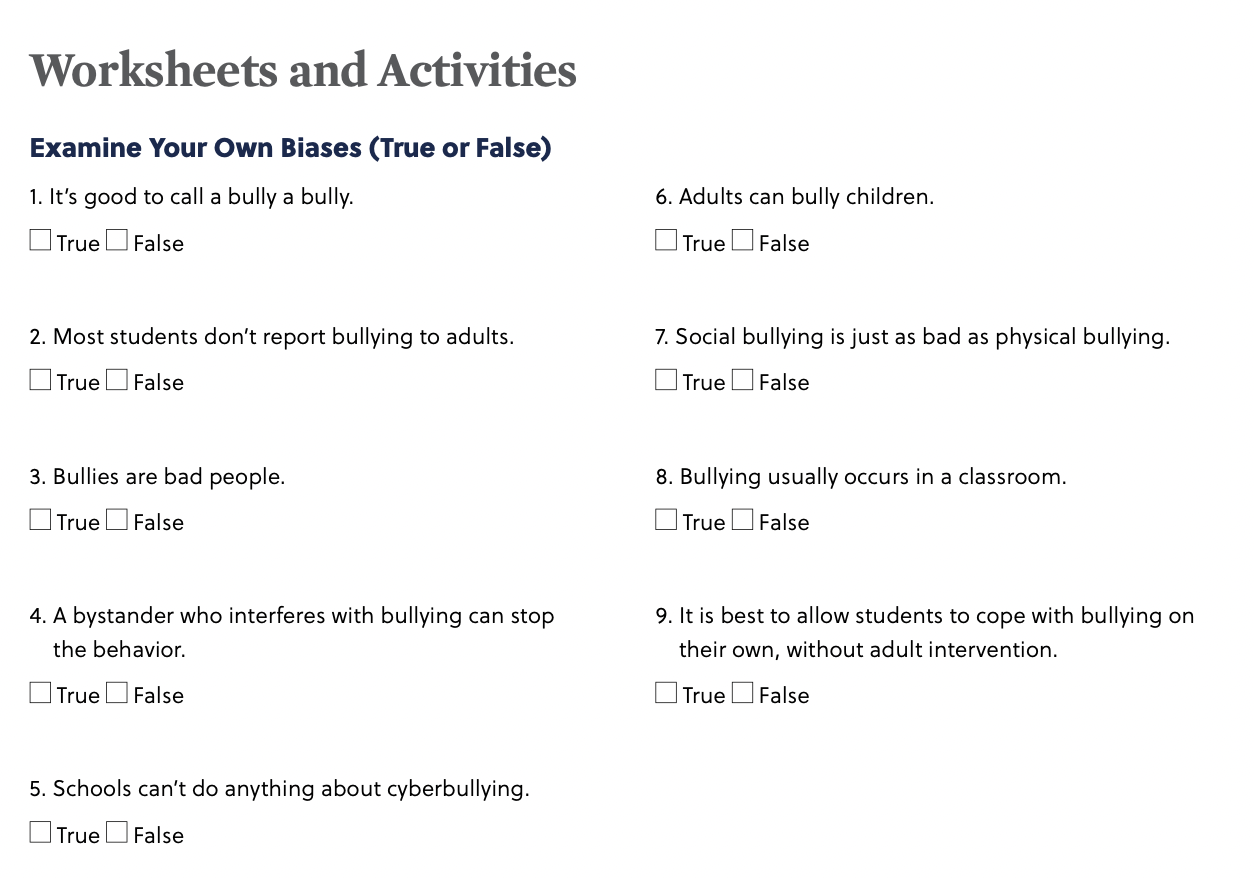
These worksheets can be used for all ages, but they may need to be altered for younger grades to understand. I will use these in my future classroom as social emotional lessons to empower my students on issues that they may face in their lives.
Thank you for reading!
Jillian DeMore
@DeMoreJillian
WE tools for the classroom
by Shelby Garrison, garris37
I looked around the WE site and found a few tools I found interesting and useful to teachers. One of my favorite and most interesting source I came across was about anti-racism. It was a powerpoint filled with information and even offers exercises to help educators.
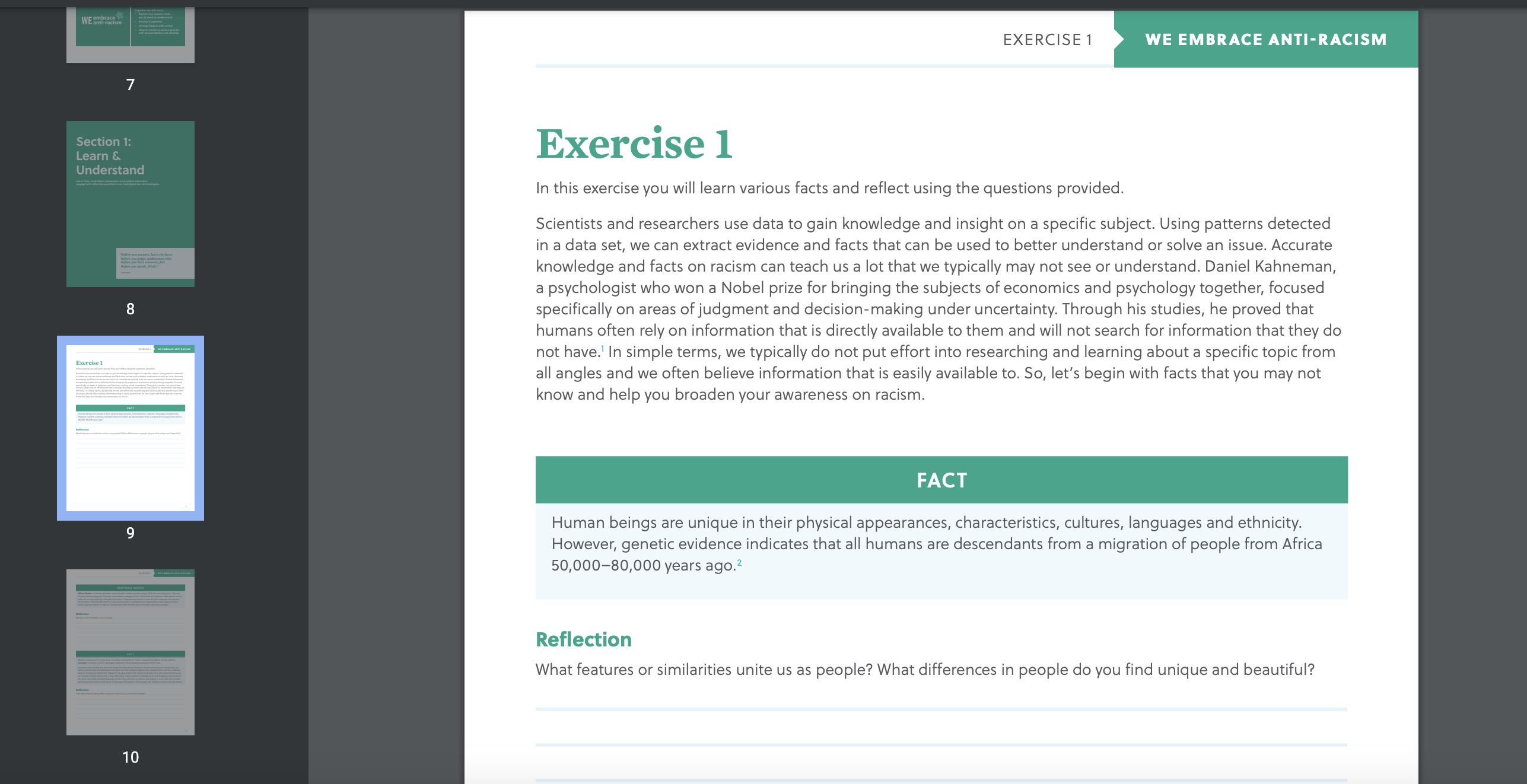
I think this is a great tool for teachers, and this tool actually also helps with the SDG’s. Also in regards to our world at this point in time I believe this is a really important topic and teachers should get training on how to handle it. One of the exercises I found in this powerpoint I actually will save and use when I have my own classroom. It is very versatile and I can definitely make it my own, but it gives students terms and they need to piece together the definitions of these terms. It’s giving students the information they need, but doing it in a creative way, so it doesn’t seem as harsh.
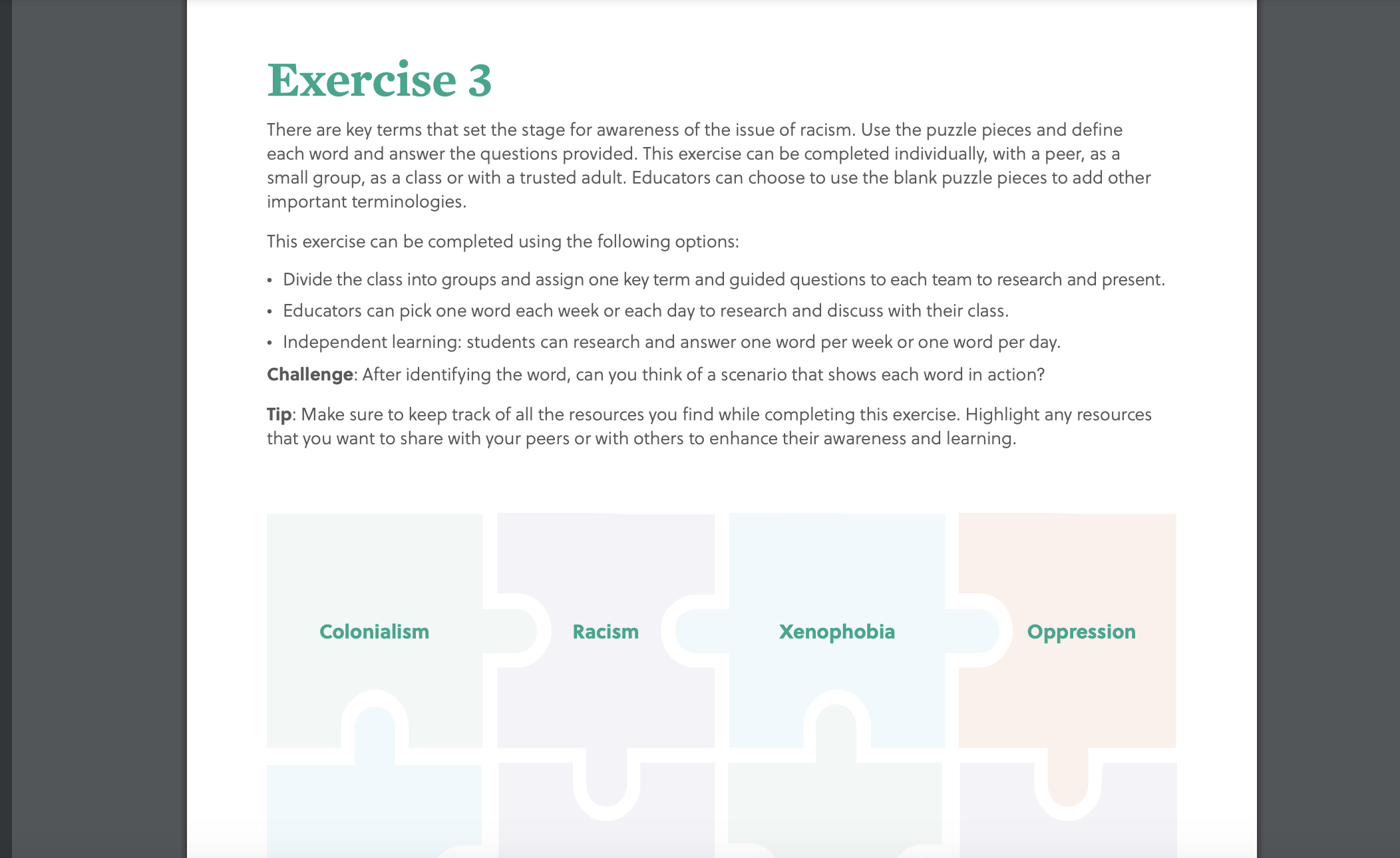
Another plus to this tool is that there are exercises and information available for any age group of students. And some of these exercises even offer different scenarios to think about.
At the end of the slides, there is a list of other resources that can be used to support all kinds of other sensitive topics. This is awesome, especially for older teachers who might not know much about these more current issues (issues that have always been around that are now more commonly spoke about)

Tackling Poverty in a World Language Classroom
By: Dara Sborea

Poverty is a world-wide issue that we should all be concerned about. I recently read that 90% of the world’s population is closer to being homeless than to being a billionaire. That statistic has really stuck in my mind because of how true it is. While those reading this may have never experienced poverty, we can still all have empathy and concern for those who are experiencing poverty. We can also help to eradicate poverty if we all pitch in.
The assignment for this week’s blog post was to explore the resources available on We.org. Once again, we have been given a great opportunity to explore a resource replete with information. And once again, I urge you to bookmark this site. While we are focused on using the site as educators looking for ways to incorporate SDGs into our lesson plans, We.org is a valuable resource for everyone.

On the We.org site, I decided to look up the Teachers Poverty Module (I looked up a variety of modules, but this is the one I’m focusing on for this blog). This in-depth module first focused on how teachers can identify students and families suffering from poverty. It also gave info on recognizing co-occuring issues that teachers can look for to identify students who may benefit from additional resources and services. There was a list of services that teachers, students, and their families can contact if they are suffering from poverty.

Now, I’d like to share how I’d incorporate the issue of poverty into a world language lesson. In the picture above, you can see that it is a chart for a meal plan. It seems simple enough, but this can be adjusted depending on the level of students being taught. My idea would be to make a meal plan using English words for food, then translating those words into French. Once those words are translated, students can decide, using previously learned cultural information, if their French meal plan needs to be adjusted in order to accommodate a French diet. Once that is completed, students would be tasked with making a budget for each plan. They would need to budget in US dollars for the plan in English and Euros for the plan in French. Once that is complete, students would be given a budget amount and have to adjust their meal plans to be affordable. During the entire lesson, students would need to research food prices in the US and France.
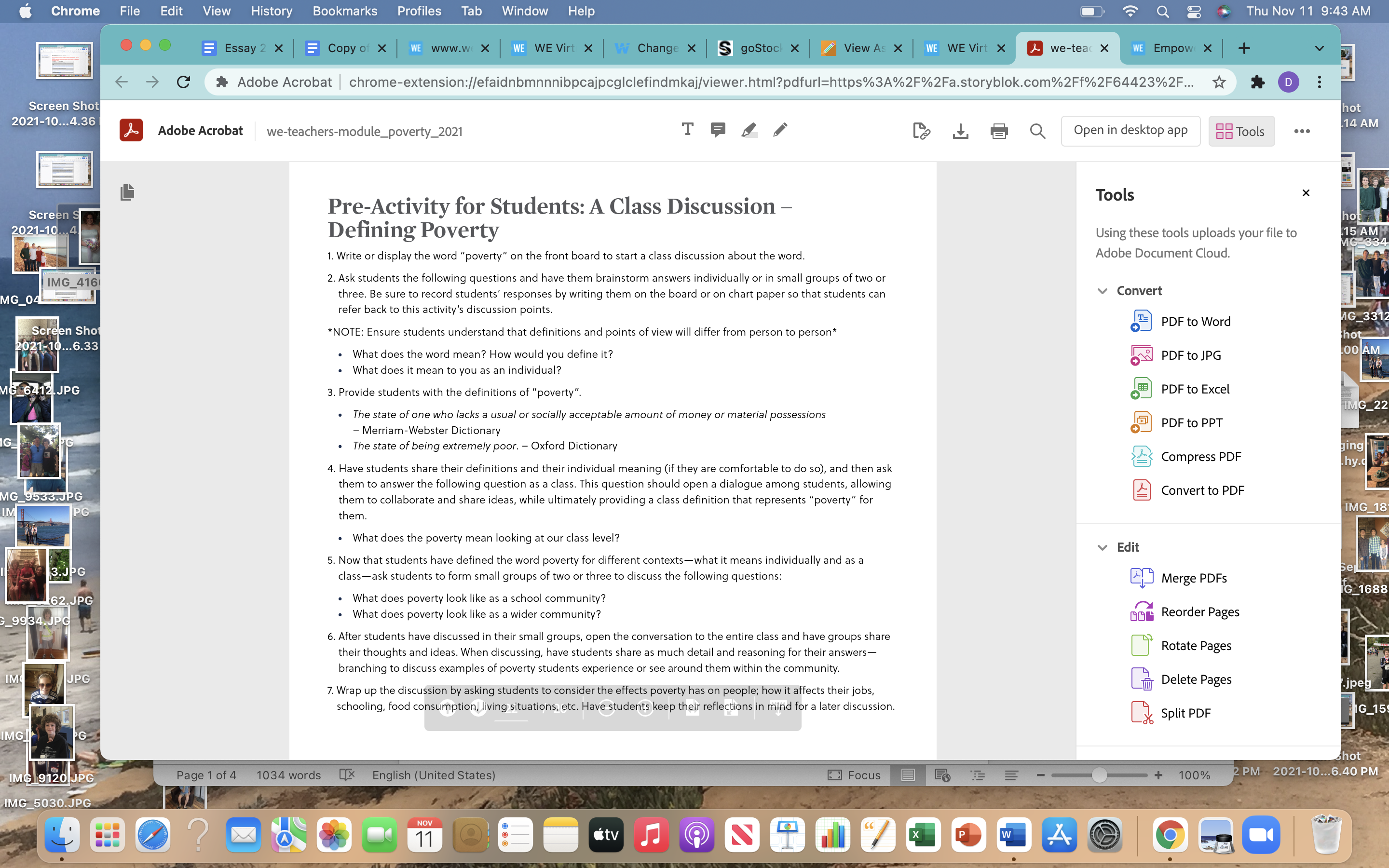
For this lesson, we would have a discussion about poverty around the world, and specifically poverty in the US vs. France. I would pose the questions: What salary puts a US family at a poverty level? What percentage of US families live in poverty? What percentage of US children live in poverty? What are these percentages in France? Why do you think these numbers are different in each country?

Once the lesson is near the end, I would ask students to come up with an action plan. We all know that starting locally can grow into having an impact globally. In order for students to see how their actions can take flight globally, I would contact a school in France, most likely through Skype classroom, and ask that class to take action along with our class, but in their own local community in France. We could discuss different ways each of our countries are tackling poverty and try to implement each others’ ideas in our respective countries.
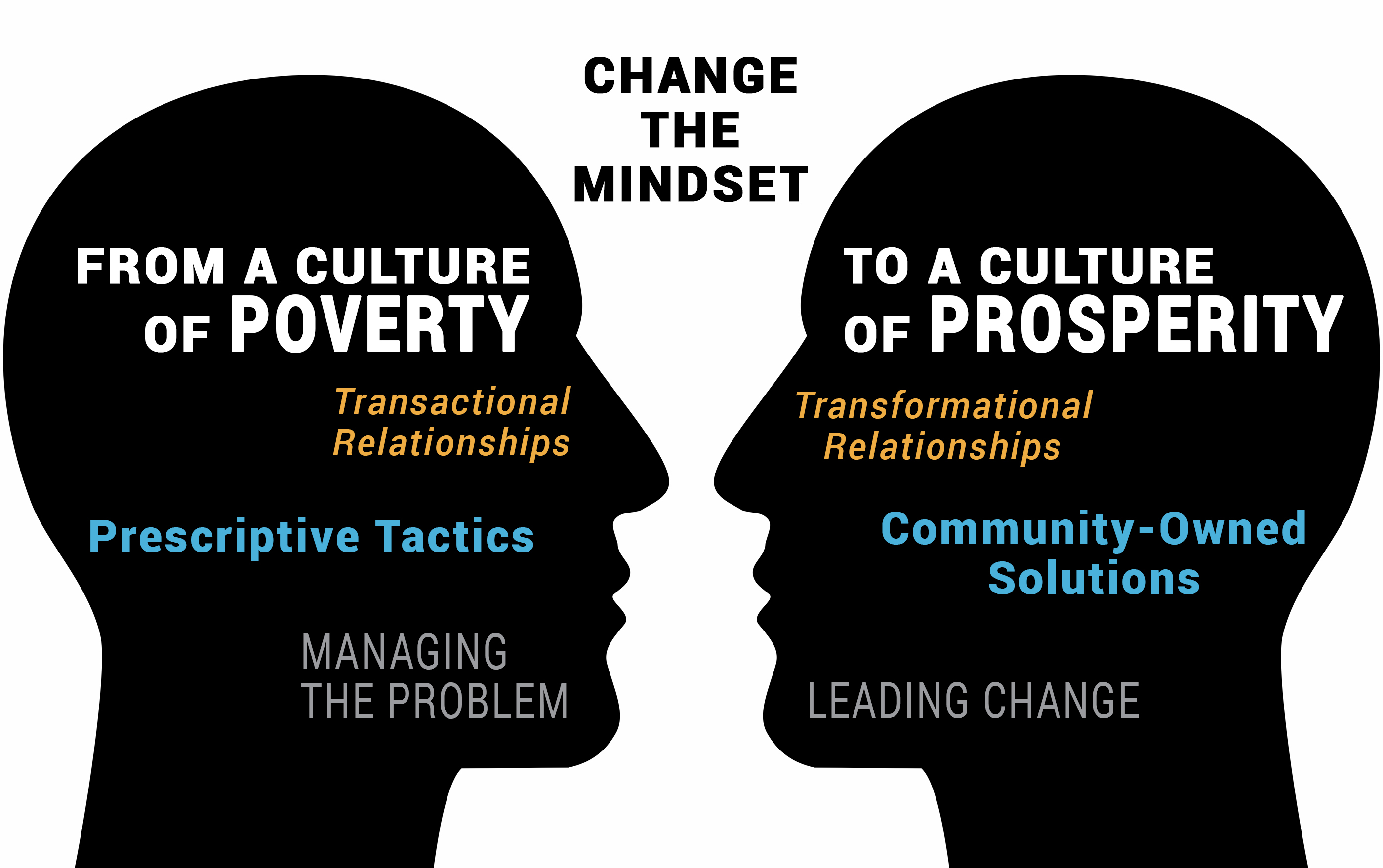
If we work together towards this common goal, it will benefit us all.
If we work to end poverty, it has the added benefit of helping achieve many other SDGs as well. We.org is a great tool to help us tackle this head-on.
WE Virtual Learning Center – Well-Being Lessons
While exploring the WE Virtual Learning Center website, I came across their WE Well-being lessons. I believe that it is an educator’s duty to teach well-being and social skills as well as science, math, language arts, etc. The common curriculum and social skills are interchangeably important.
The lesson I want to focus on is the Empathy lesson for grades K-3. This includes a lesson on empathy as well as compassion.


Inside these PDF lessons are objectives and outlined activities to help guide students learning and understanding of these extremely important social and personal skills.

I think these lessons are wonderful to incorporate in the classroom. They also give ways to daily enforce the learning process of these skills. The website has many different well-being lessons as well as activity cards for multiple groupings of grade levels. These lessons can benefit any classroom level and any type of classroom.
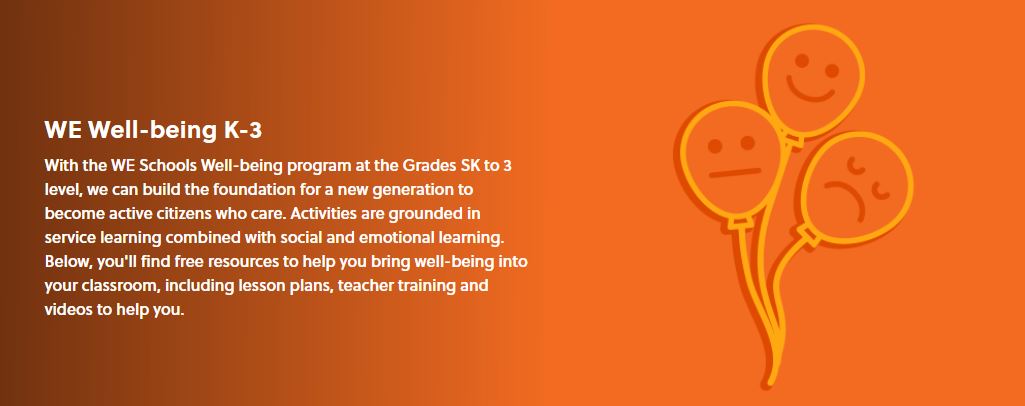
Changemakers
Mental Well-Being Module
This week, I decided to check out the “Mental Well-Being” module on we.org! This module focuses on mental health challenges that students face everyday and what teachers can do to help.
Tips in this module that I think will be helpful in my future classroom are to work with parents, reduce classroom stress, and to find the good and praise it. Working with parents is important because it will create consistency in working with students who struggle mentally. Reducing classroom stress is important because it won’t make the students feel so pressured. One way to do this is to assign homework due in two days rather than the following day. Lastly, finding the good and praising it is important because students struggling with mental and behavioral issues often suffer from low self-esteem, so it is important to make them feel confident about the good that they do.
I definitely want to take all of this into consideration in my future classroom. Many students have a stressful home life which can lead to mental health issues. I would want school to be their safe space and make the environment feel like a safe one for them. You can check out my screenshots of the module I viewed below!


Thanks for viewing! 🙂






Recent Comments